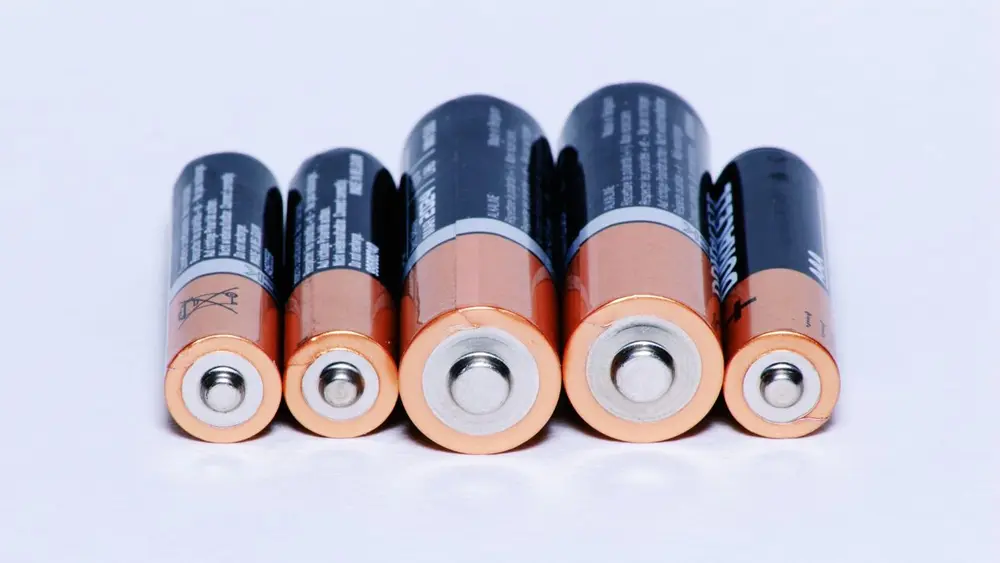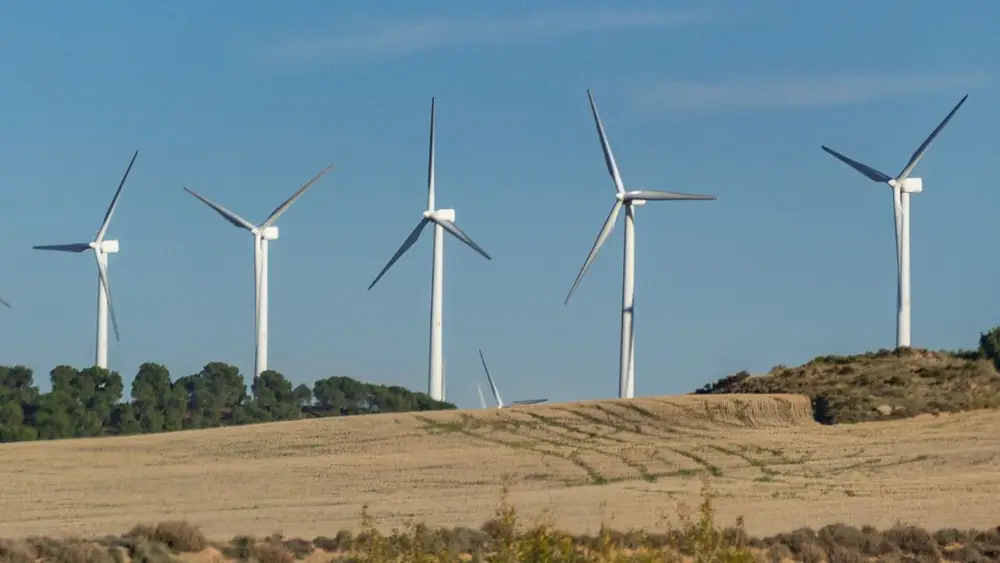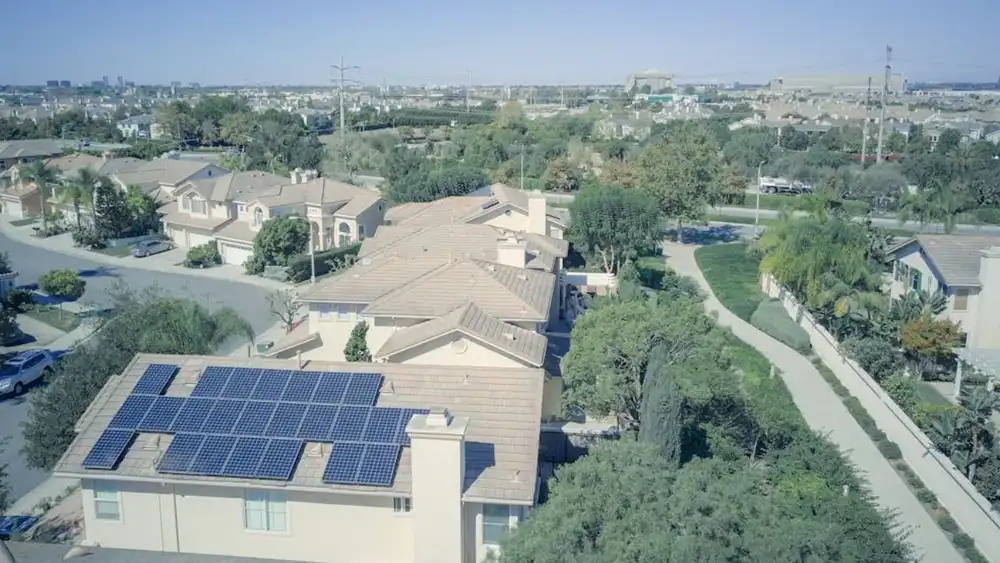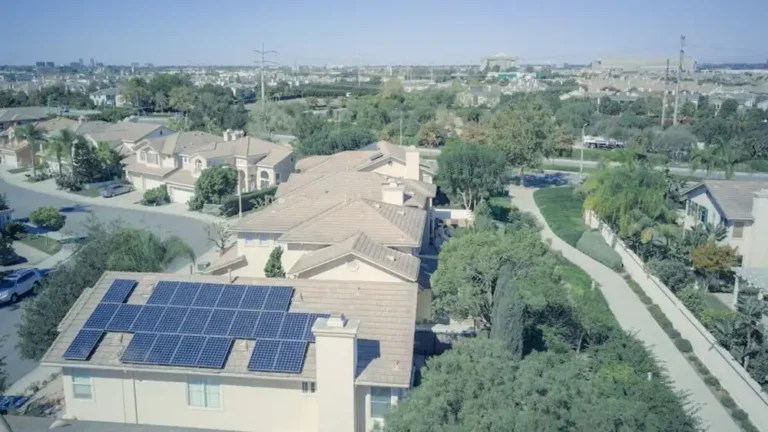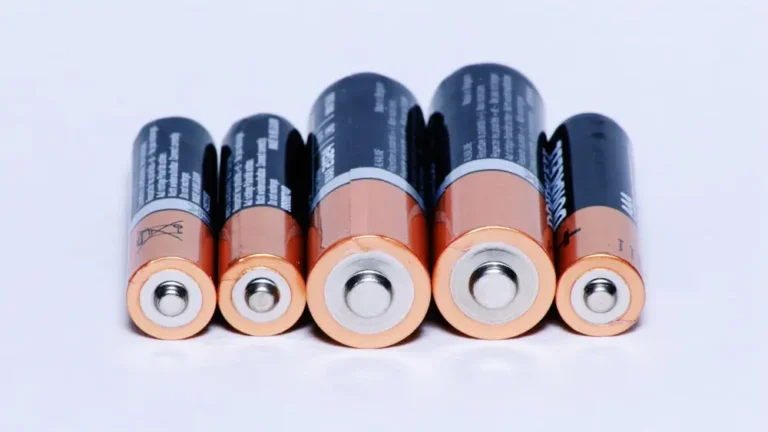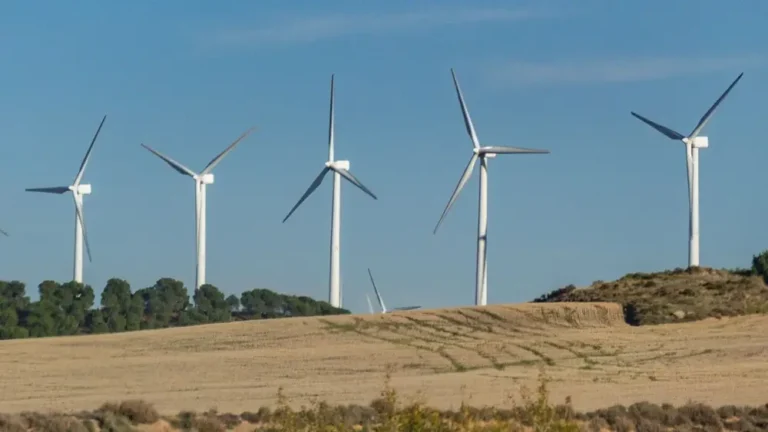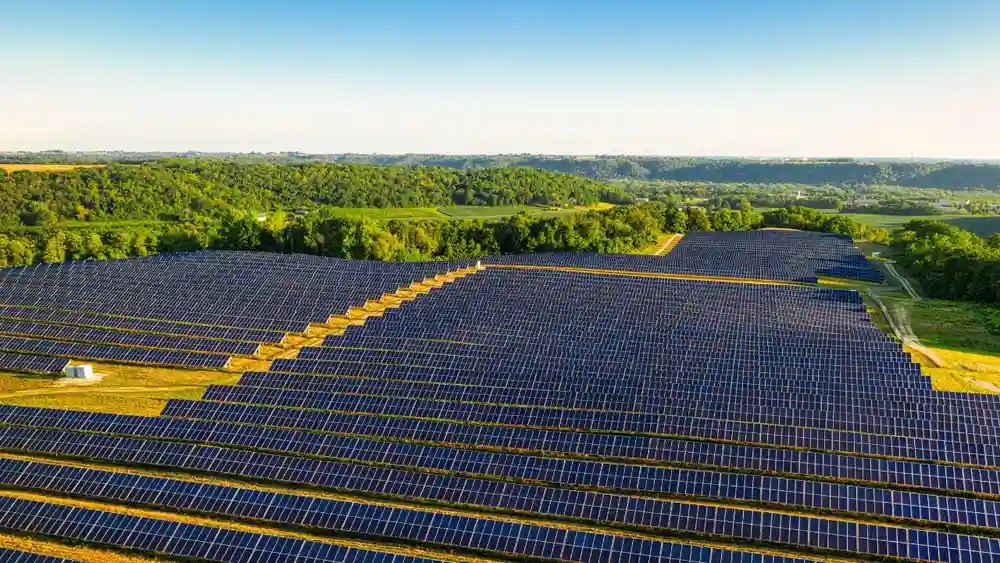
Solar farms are changing the American landscape, especially in rural communities, where wide-open spaces and abundant sunlight make for ideal conditions. With the push toward renewable energy, large-scale solar installations have found a promising home in these areas, offering farmers and rural landowners new economic opportunities.
But with any widespread transformation, the emergence of solar farms brings a mix of advantages and disadvantages that need a careful examination to understand the total impact. Here is an in-depth look at how these solar projects are redefining rural communities, taking into account the economic potential and practical issues for farmers in the USA.
Why Solar Farms are Booming in Rural America
Solar farms are sprouting all over the U.S., but wide stretches of rural Texas, North Carolina, and California are way ahead of others. It added a record 20 GWs of solar capacity for the entire country in 2022, well over previous years. Not behind that boom is a combination of federal and state incentives and decreasing installation costs, not to mention demand for renewable energy to slow climate change.
For any solar developer, rural places remain very attractive because land is pretty affordable while sunlight-a key factor to generate clean power efficiently-can be availed. Report by American Clean Power Association says that because of such easy conditions, more than 70 percent of the big solar projects in the United States lie in rural regions. Such areas provide great opportunities for farmers in achieving economic stability and new revenues.
Solar’s Growth
Production in solar energy has increased on average by 25 percent annually over the past ten years, with SEIA reporting installation costs dropping by more than 40 percent. That sort of cost drop combined with advances in technology make solar energy one of the fastest growing sectors of the U.S. energy landscape.
Also read: Wind Energy’s Role in Transforming Rural America
Figures 1 and 2 illustrate this growth, showing the sharp rise in annual solar capacity additions since 2014.

As of June 2024, states have installed 200 GW of solar energy, enough to power approximately 36 million homes, noted SEIA. New grid capacity share has also risen in the solar industry. The new electricity generation capacity figures for 2023 include 55% and as high as 75% in the first quarter of 2024. All these increases have been financed by policy, including the Infrastructure Investment and Jobs Act, the Inflation Reduction Act, and investment tax credits for both residential and utility-scale solar projects.

Based on a 2021 report by the U.S. Department of Energy (DOE), projections indicate that, by 2050, solar will amount to as much as 45% of this country’s overall energy generated, compared to the 4% rate with which the nation consumes such energy today. This expansion will require nearly 10.4 million acres of land-the equivalent size of 30% the entire state of Maryland- to accommodate this expected growth. The U.S. DOE believes future solar investments will come principally in utility scale and, mainly outside urban centers.
Also read: Latest News on Solar Power, Sunlight Power Energy
Opportunities for Farmers: Economic Stability and New Revenue Streams
Assured Income in an Uncertain Market
Economically, solar farms have some attractions for farmers. With solar projects, farmers can count on a relatively steady source of lease payments-a guaranteed income source that can be higher than gains with farming. Farmers can earn anywhere between $300 and $2,000 per acre annually from solar leases.
For perspective, a corn farmer may only generate $50–$300 per acre in profit, depending on market conditions. Income can be very constructive as it brings a steady, non-fluctuating revenue stream independent of crop prices or extreme climatic conditions.
Lower Risk and Reduced Debt
Consistent farming involves high costs such as the cost of seed and equipment cost to labor and energy. The leasing of parts of their land to the installation of solar will reduce on such costs, and all other resources concentrated on other parts of their businesses.
According to a Michigan State University survey, close to 60% of the farmers receiving solar leases reported financial stress relief and increased operation flexibility; some even reported debt reduction resulting from the leasing.
Also read: Latest News on Onshore & Offshore Wind Energy
Sustainability of Land and Environmental Advantages
It turns out that solar farms leave farmland relatively undisturbed. Soil is very little disturbed, and solar panels can be removed as soon as the project will finish and land returned to initial use if needed. Also, in some regions agrivoltaics, solar panels in combination with other compatible agricultural uses, begin to become more popular.
For example, Colorado farmers utilize solar sites for sheep grazing and low-height crops. This has allowed them to still produce electricity and also gain agriculture productivity.
Challenges for Farmers and Rural Communities
Even though the revenue from solar leases is a boon for farmers, the growth of solar farms in rural areas is not without its challenges.
Loss of Productive Farmland
When prime farmland is being given over to solar use, and there is an estimated conversion of over 10,000 acres of prime farmland in California within five years, it raises great concerns about the possible impact on food security and agricultural production.
Worry among farmers as well as policymakers includes the sacrifice: clean energy in reduced food production. A difficult balance, which perhaps land-use and zoning can strike through, is starting to rise as a primary concern across states with constrained agricultural resources.
Community Opposition and Appearance Impact
A solar farm can change the rural face. A University of Michigan study concluded that 40% of rural residents worry about the impact solar farms have on their landscape. Communities must come to accept these projects because, in non-supportive areas, there may be long-term opposition and challenges in terms of regulations.
Developers are beginning to take action in this regard by incorporating landscaping features, such as vegetative buffer zones, to create aesthetically pleasing barriers around solar installations.
Also read: Latest News on Energy Storage, Battery Technology
Strain on Energy Infrastructure
Rural integration of high-penetration solar faces several technical challenges. In much of rural America, infrastructure is not geared toward a massive injection of power, causing delays and in some cases outright failure to connect projects.
The DOE discovered that by 2024 nearly 30 percent of rural planned solar projects are delayed because of grid constraints. Improving the capacity of the grid to handle renewable energy is essential but requires significant investment and coordination among local, state, and federal authorities.
Long-term Concerns and Decommissioning
Solar farms are expected to operate for 20-30 years, raising questions about the future of the land once the panels are removed. Some states now require decommissioning plans that ensure solar companies restore land to its original condition, but policies vary widely.
Communities are worried that such preconditions will lead to so-called “stranded assets,” where solar sites are abandoned without considering restoration measures. To counter these problems, the U.S. government is discussing the standardization of decommissioning and laying down funds that ensure recovery of land at the end of the solar farm’s life cycle.
Agrivoltaics: A Promising Hybrid Approach
Agrivoltaics is the emerging practice of combining solar and agricultural activities on the same plot of land, hopefully finding a way out of the farmland-use dilemma. Agrivoltaics raise the level of the solar panels off the ground, so crops and animals could coexist with solar installations.
Initial results from diverse experiments conducted in some U.S. states showed promise and indicated that in the cases of tomatoes and leafy greens, among others, those that were sheltered by shades of solar panels grew better.
In 2023, NREL researchers concluded that if properly implemented, agrivoltaic systems could help improve soil water retention by 20%, thereby reducing by a similar percentage the irrigation costs made in regions experiencing increased instances of drought.
On the other hand, agrivoltaics can promote community acceptance by combining agricultural production with energy harvesting. With a recent survey, 65% of rural dwelling members reportedly favored solar projects when agricul¬tural components were incorporated. Even as it remains in its infancy in the United States, the dual-use approach in agrivoltaics promises tremendous promise for rural solar farming.
Also read: Latest Government Policies & Regulations on Renewable Energy
Policy and Future Outlook
Expanding solar farms in rural areas presents an important policy imperative: balance renewable energy goals with preservation of agricultural land. The federal incentives include the Investment Tax Credit and grants available under the Inflation Reduction Act. State and local governments, however, also have to make policies favorable for solar farms on non-arable or underutilized land to preserve productive farmland.
This also could be achieved by enhancing rural grid infrastructure and agrivoltaic research projects, which in turn may make it easier to transition towards more sustainable and community-friendly solar projects. Rural solar farms will therefore continue to grow with proper planning and coordination for clean energy aspirations and agricultural communities.
Conclusion: Navigating the Future of Rural Solar Farming
As demand for renewable energy is on the rise, so are solar farms to be more of an essential part of America’s rural energy and agriculture. For the farmers, the new business or alternative source of income will present opportunities in the area of financial security; yet the tradeoff between land use vs. food production vs. community impact reflects that the best of such decisions must be well balanced.
However, this would require appropriate policies that rural communities embrace to harness renewable energy and not abandon their agricultural identity.
In the future of rural solar farms, ease in balance between energy generation and farming strength is anticipated. Inappropriate planning would help neither the solar business nor the rural farming society carve a sustainable course forward by mutual respect of the soil and the income it provides.

